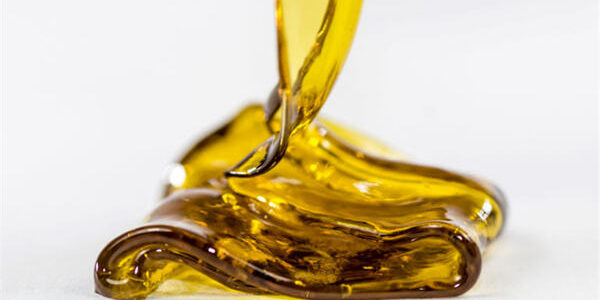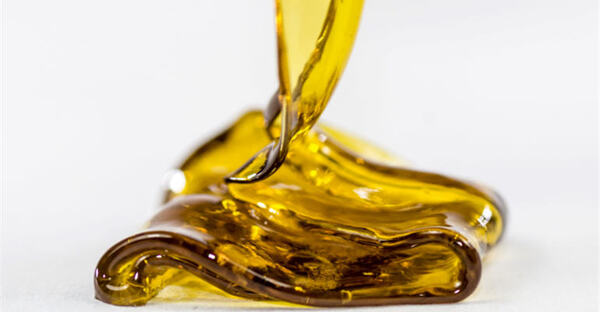Fresh-Frozen Cannabis Extracts: Faster, Cheaper, Better
Marijuana Stocks, Finance, & InvestingUncategorized October 10, 2019 MJ Shareholders


Not only is legal cannabis an emerging industry, it is a dynamic industry. Cannabis derivative products in the U.S. have been steadily gaining market share (primarily concentrates and edibles).
The growth rate for cannabis concentrates and edibles has outpaced the market for dried flower in recent years. Going forward, Arcview and BDS Analytics are estimating a CAGR for edibles/concentrates roughly double that of dried flower.
In response to this, harvesting and manufacturing processes are also evolving.
This includes the rise of “fresh-frozen” cannabis. As the name implies, this means freezing harvested cannabis direct from the greenhouse/growroom.
Fresh-freezing is a harvesting practice that has evolved explicitly to facilitate (and improve upon) the production of cannabis extracts.
Traditionally, cannabis is dried and cured after harvesting. However, this was a practice that was always centered around smoking cannabis, meaning smoking the dried flower.
Drying-and-curing remains the appropriate technique for cannabis intended to remain as (smokable) dried flower. But for the production of cannabis extracts, the cannabis industry has discovered that fresh-freezing cannabis offers several advantages.
- Preserves cannabis terpenes better than through drying and curing.
- Eliminates the risk of mold/fungus contamination during drying.
- Saves time/labor.
- Yields a more aesthetically pleasing extract (“live resin”).
Terpenes are the organic compounds in the cannabis plant that are primarily responsible for the plant’s pungent odor/aroma. According to a Leafly article on this subject, fresh-freezing cannabis does more than merely preserve these terpenes better.
While further research is necessary, many experts on the cannabis plant believe that terpenes also play a significant role in the medicinal (or recreational) effect of cannabis. Fresh-frozen extracts may yield superior properties versus traditional drying/curing.
What industry insiders already know is that fresh-freezing saves on time and labor, precisely because it cuts out the curing and drying stage. And that also eliminates the risk of mold or fungus contamination during drying.
It has already become the industry standard in California.
Even as live resin moves into vogue among both cannabis consumers and cannabis companies, already the industry has taken this a step further: live rosin.
The difference between resin and rosin? Live rosin is produced without the use of butane or other chemical solvent. The result is said to be an even more aesthetically-pleasing extract.
For these reasons, fresh-freezing is becoming the standard technique for processing the smaller cannabis buds. Many cultivators continue to dry and cure their larger, premium buds for sale in the higher end of the dried flower market.
In many industries, companies face a trade-off in their manufacturing process: maximize quality or maximize efficiency? With fresh-frozen cannabis, cannabis companies – and consumers – appear to be getting the best of both.
MJ Shareholders
MJShareholders.com is the largest dedicated financial network and leading corporate communications firm serving the legal cannabis industry. Our network aims to connect public marijuana companies with these focused cannabis audiences across the US and Canada that are critical for growth: Short and long term cannabis investors Active funding sources Mainstream media Business leaders Cannabis consumers










